 VENEZUELA
VENEZUELA
BIRDS
Noting those found
during Focus On Nature Tours
with an (*)
from 1991 thru 2014
during the months
of February,
March, and June
A Venezuela Bird List compiled by Armas Hill.
PHOTO AT UPPER RIGHT: GOLDEN TANAGERS at a feeder during a FONT tour in
Venezuela
About 700 species of birds have cumulatively been seen during FONT tours in
Venezuela.
Codes:
Indicating regions visited (as
follows):
AM: The Andean
state of Merida (from subtropical forest to paramo)
AT: The Andean
state of Tachira (from subtropical forest to paramo)
BA: Barinas
state (mostly): from east of Santo Domingo to Barinas
BC: Bolivar
state: the Canaima (Angel Falls) area & "Las Nieves"
BE: Bolivar
state: the area of the Escalera, the Tepuis, and the Gran Sabana
BI: Bolivar
state: the area of the Imataca Forest Reserve & El Dorado
CA: Caracas
CC: Caribbean
coast (from Chichiviriche east, including Morrocoy)
CR: Coastal
Range (including Henri Pittier National Park & Colonia Tovar)
FS: Falcon
state (west of Chichiviriche)
LL: Llanos (the
Hato El Cedral, in the state of Apure)
MB: Maracaibo
Basin (Zulia & Trujillo states)
(t): a globally threatened, or
rare, species as designated by Birdlife International
(t1): critical (t2): endangered
(t3): vulnerable
(nt): a near-threatened species
globally
(Vi): introduced species in
Venezuela
(Ve): Venezuelan endemic (Venezuela has 41.)
(Vqe): quasi (or near) endemic to Venezuela
(Vr): rare in Venezuela
(ph): species with a photo in the FONT website
REGARDING "PANTEPUI" SPECIALTY BIRDS (noted in this list with a
"PS")
Southeast Venezuela
is particularly known for its great variety of bird species.
There's a road there that ascends to the plateau called the Gran Sabana.
An excellent birding road, it's called "La Escalera", which literally
means "the staircase". Along that road is dense cloud forest that's
home to most of the PANTEPUI SPECIALTY BIRDS, those that are typical of the
foothill slopes of the "table mountains" known as "tepuis".
38 species of birds are in that category of Pantepui endemics &
specialties.
And more study is almost certainly to reveal more.
Pantepui endemics that are also endemic to Venezuela are also coded in the
following list with a (Ve).
Links:
Information about Upcoming FONT Tours:
by months in: 2015
or: by
geographic locations worldwide
Upcoming
FONT Birding & Nature Tours in South America:
in Brazil,
Ecuador, & Venezuela
in Argentina & Chile
Birds of the Amazonian Basin (including Brazil, Ecuador, &
Venezuela)
Venezuela Mammals
South America Butterflies, A List in 5 Parts, with Some Photos
Directory of Photos in this FONT Website

Bird-List:
- Gray Tinamou (t3) ______
Tinamus tao
- Great Tinamou (nt) (*) ______ BE
Tinamus m. major
- White-throated Tinamou (nt) ______
Tinamus guttatus
- Highland Tinamou ______
Nothocercus bonapartei
- Tawny-breasted Tinamou ______
Nothocercus julius
- Cinereous Tinamou ______
Crypturellus cinereus
- Little Tinamou (*) ______ CR
Crypturellus soui andrei
- Tepui Tinamou (PS) ______
Crypturellus ptaritepui
- Brown Tinamou (*) ______
AM
Crypturellus obsoletus cerviniventris
- Undulated Tinamou (*) ______ BC
Crypturellus undulatus manapiare
- Variegated Tinamou (*) ______ BC
Crypturellus v. variegatus
- Red-legged Tinamou ______
Crypturellus erythropus
- Gray-legged Tinamou (nt) ______
Crypturellus duidae
- Barred Tinamou ______
Crypturellus casiquiare
- Rufous-vented Chachalaca (*) ______
AT CA CC FS LL
Ortalis ruficauda (2 subspecies in Venezuela)
Ortalis ruficauda ruficrissa
Ortalis r. ruficauda
- Little Chachalaca (*) ______ BC
Ortalis m. motmot
The Little Chachalaca has been considered part of the Variable
Chachalaca, the smallest and darkest race.
- Band-tailed Guan (*) ______ CR
Penelope a. argyrotis
- Andean Guan (*) ______ AM
Penelope m. montagnii
- Marail Guan ______
Penelope marail
- Spix's Guan (*) ______ BC
Penelope jacquacu orienticola
- Crested Guan (ph) ______
Penelope purpurascens
- Blue-throated Piping Guan (t3) (*) ______
BC
Pipile c. cumanensis
Pipile cumanensis
has also been called the Common Piping Guan.
- Wattled Guan (nt) ______
Aburria aburri
- Nocturnal Curassow ______
Nothocrax urumutum
- Crestless Curassow (nt) ______
Mitu tomentosa
- Black Curassow (t3) (*) ______ BC
Crax alector (monotypic)
- Yellow-knobbed Curassow (nt) (*) ______
LL
Crax daubentoni (monotypic)
- Northern Helmeted Curassow (t3) ______
Pauxi pauxi
- Crested Bobwhite (*) ______
BC FS LL
Colinus cristatus sonnini
- Marbled Wood Quail (nt) ______
Odontophorus gujanensis
- Black-fronted Wood Quail (t3) ______
Odontophorus atrifrons
- Venezuelan Wood Quail (nt) (Ve) (*)
______ CR
Odontophorus columbianus (monotypic)
- Horned Screamer (*) ______ LL
Anhima cornuta (monotypic, and the single member of its genus)
- Northern Screamer (nt) (*) ______ MB
Chauna chavaria (monotypic)
- Fulvous Whistling Duck (*) ______ LL
Dendrocygna bicolor (monotypic)
- White-faced Whistling Duck
(*) (ph) ______ LL
Dendrocygna viduata (monotypic)
- Black-bellied Whistling Duck (*)
(ph) ______ FS LL
Dendrocygna autumnalis discolor
- Orinoco Goose (nt) (*) ______ LL
Neochen jubata
(monotypic, and the single member of its genus)
- Andean Teal (*) ______ AM
Anas andium
The Andean Teal was part of the more-southerly Speckled Teal, Anas
flavirostris. The range of that species is now north to
Peru.
- American Wigeon (ph) ______
Anas americana
- White-cheeked Pintail (*) (ph) ______
CC
Anas b. bahamensis
- Blue-winged Teal (*) (ph) ______ CC FS LL
Anas discors (monotypic)
- Northern Shoveler (ph) ______
Anas clypeata
- Brazilian Teal (*) (ph) ______ LL
Amazonetta b. brasiliensis
(the single member of its genus)
- Torrent Duck (*) (ph) ______ BA
Merganetta armata colombiana (the single member of its genus)
- Comb Duck (nt) (*) ______ LL
Sarkidiornis melanotos (the single member of its genus)
The Comb Duck was conspecific with
what is now the Knob-billed Duck of Africa & Asia.
- Muscovy Duck (*) (ph) ______
LL
Cairina moschata (monotypic, and the single member of its genus)
- Southern Pochard ______
Netta erythrophthalma
- Lesser Scaup (ph) ______
Aythya affinis
- Masked Duck (*) ______ FS
Nononyx
(formerly Oxyura) dominica (monotypic, and the single member
of its genus)
- Least Grebe (*) (ph) ______ FS LL
Tachybabtus
(formerly Podiceps) dominicus


 VENEZUELA
VENEZUELA 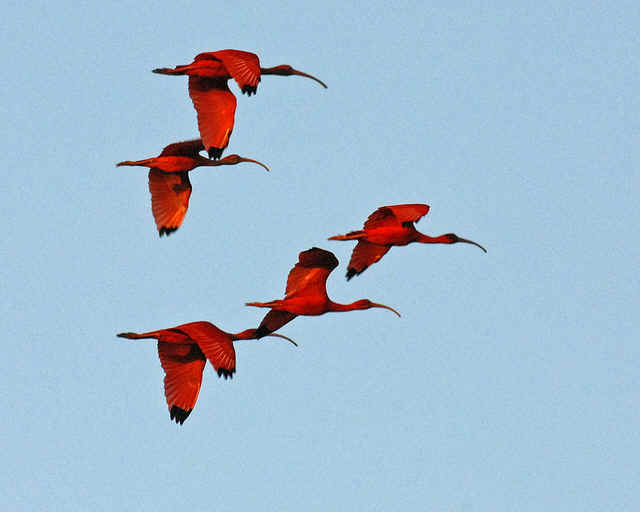
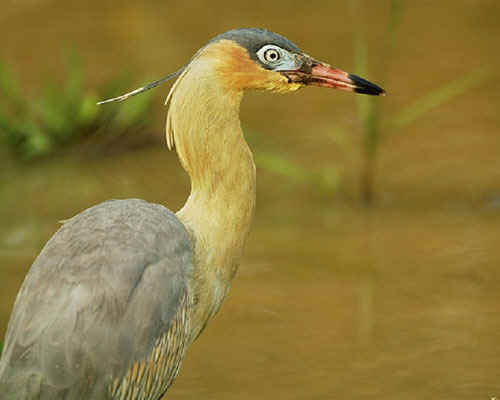


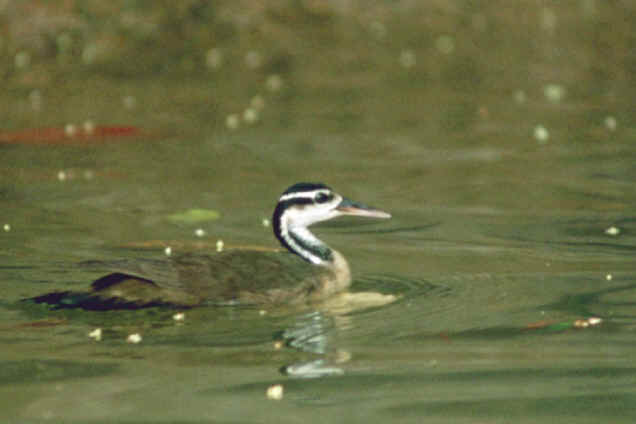


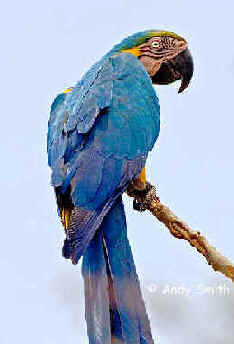
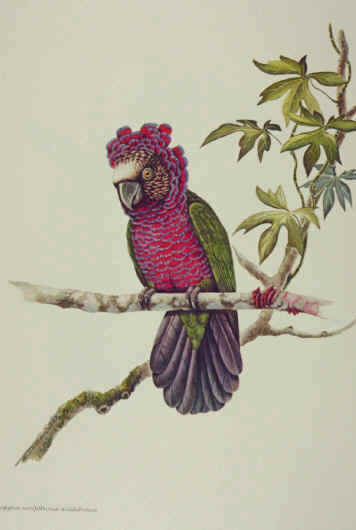
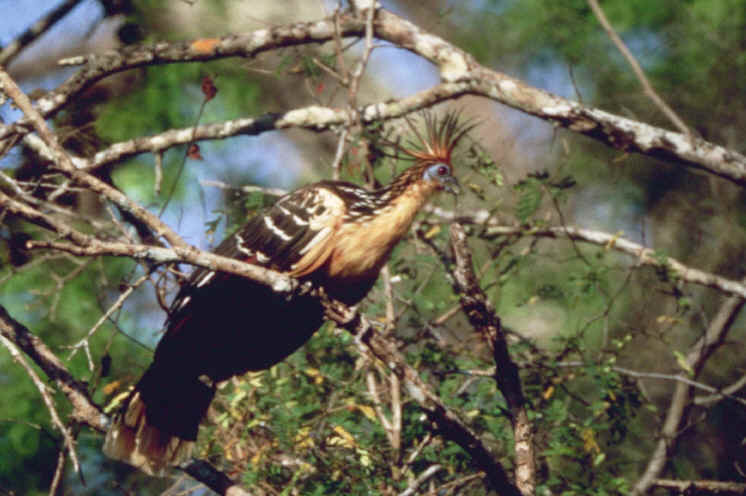
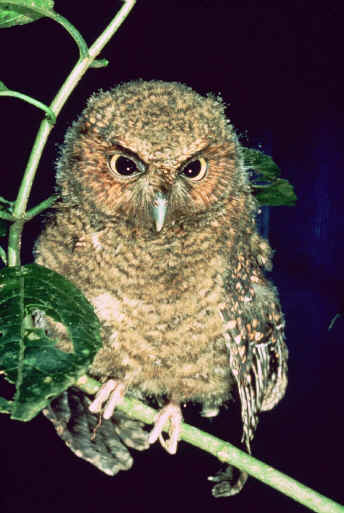
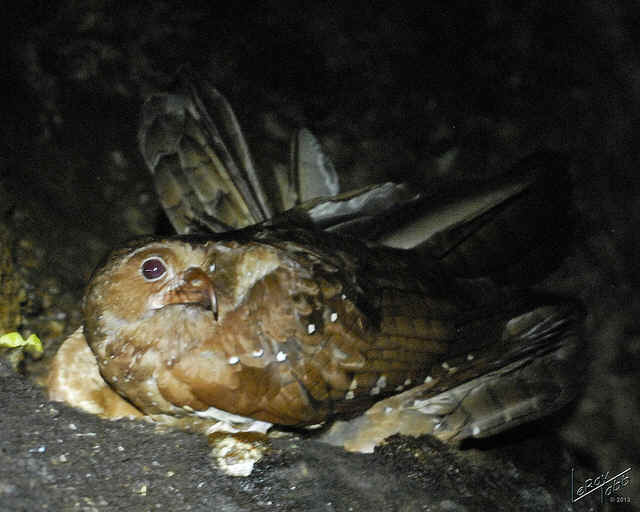
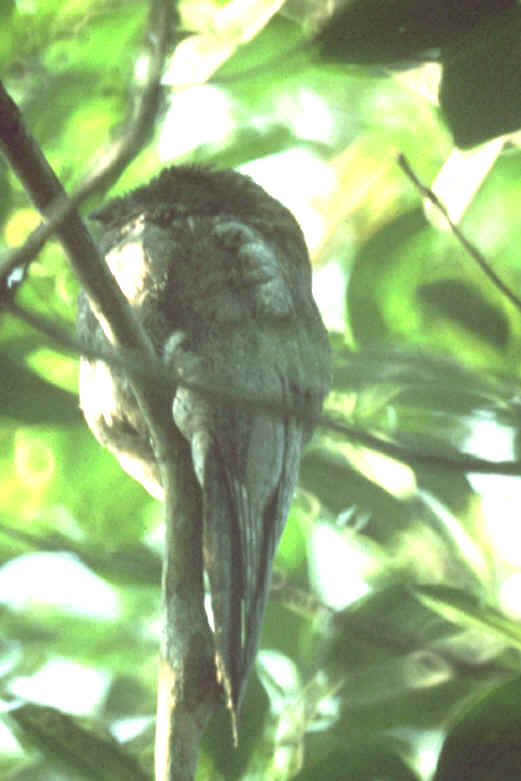
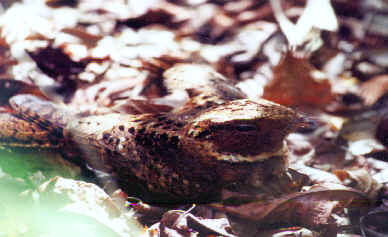
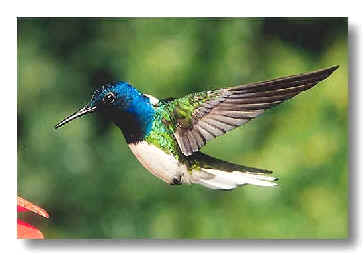
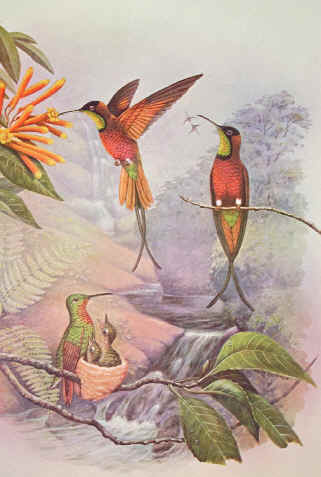
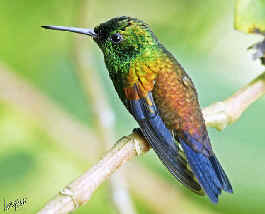
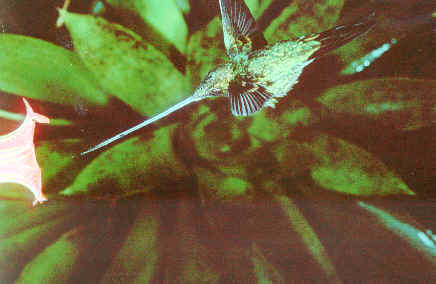
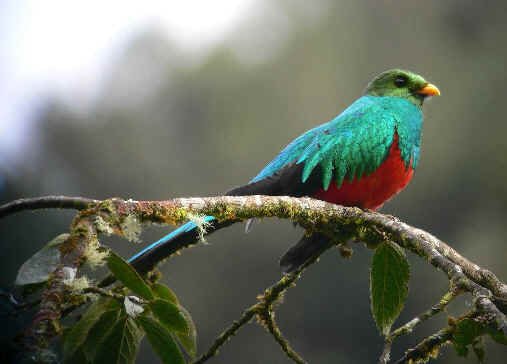
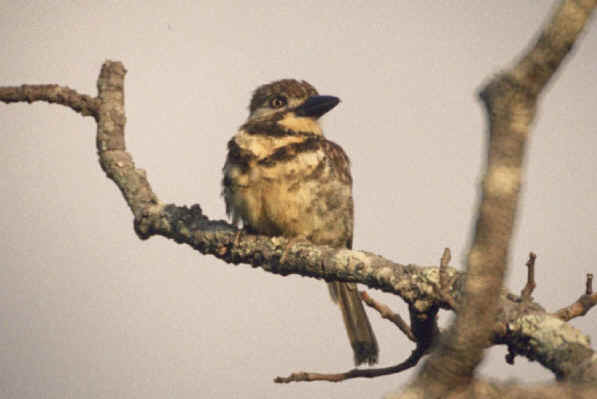
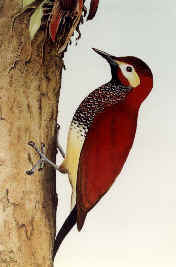
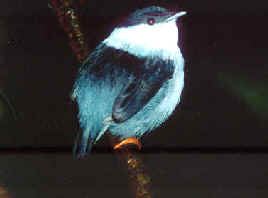
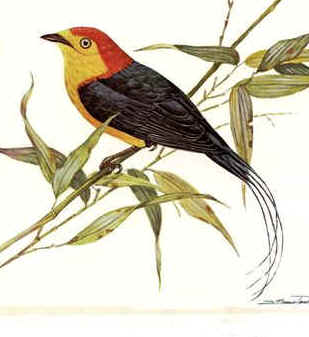
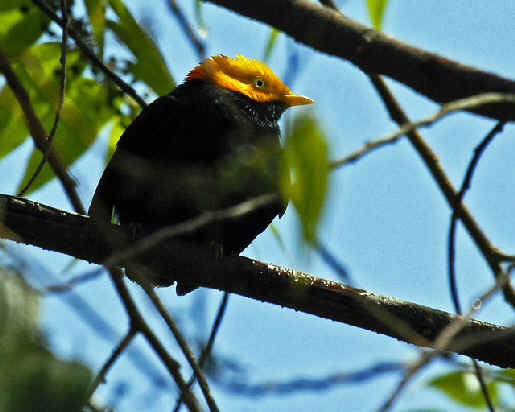
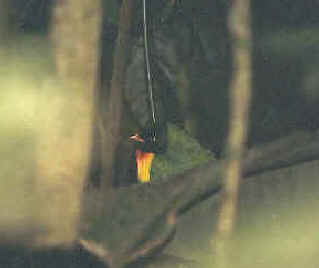
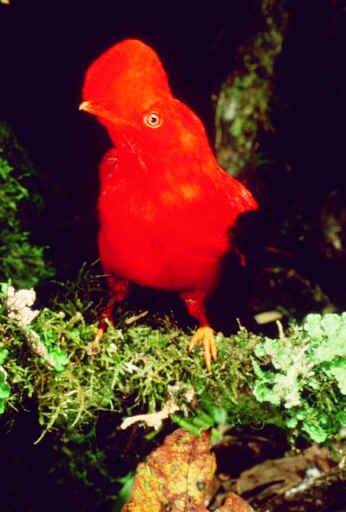
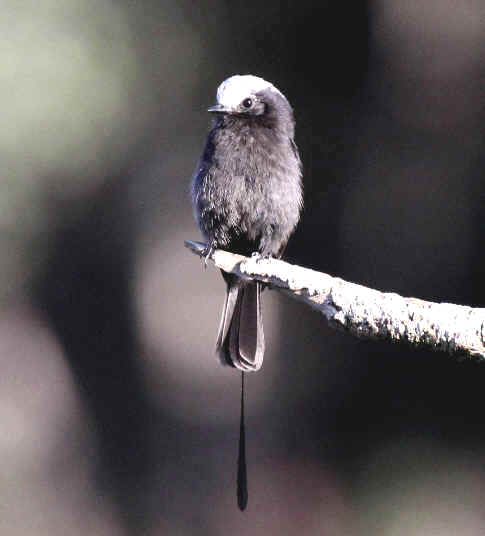
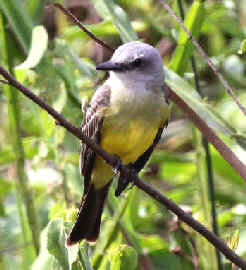
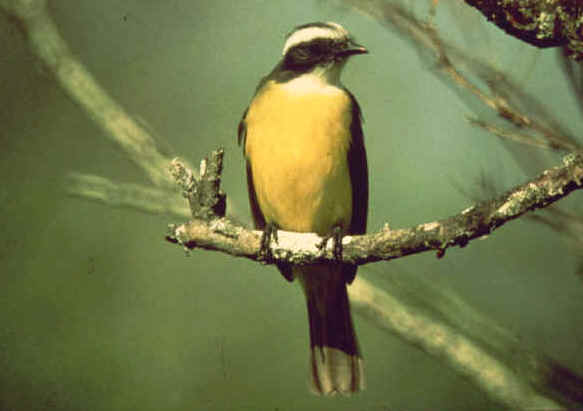
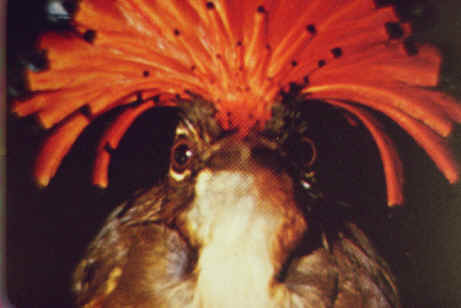
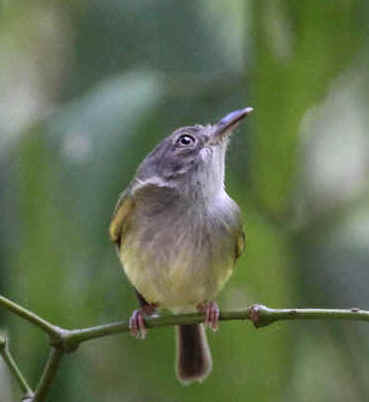
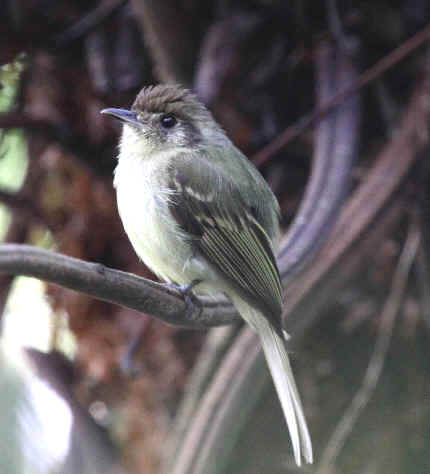
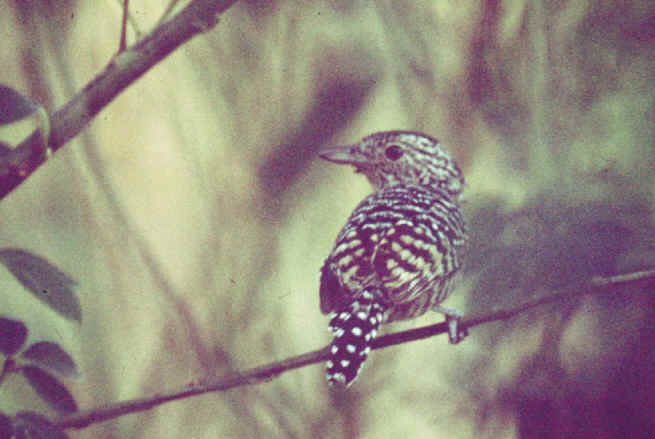
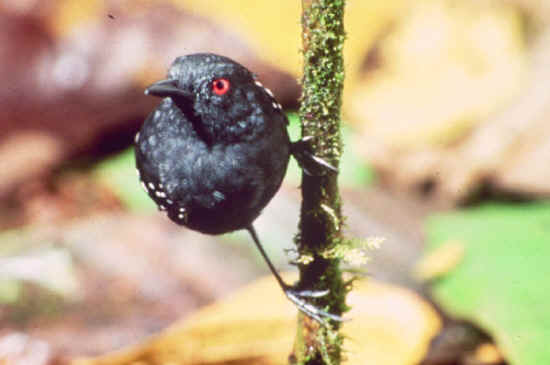
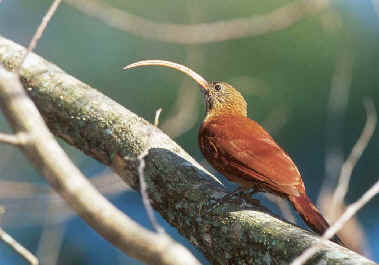
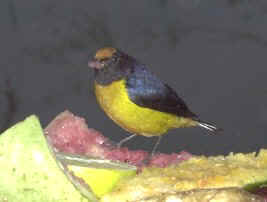
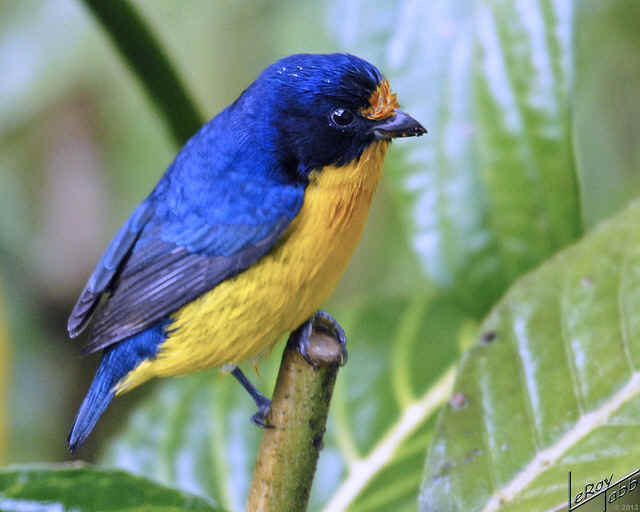
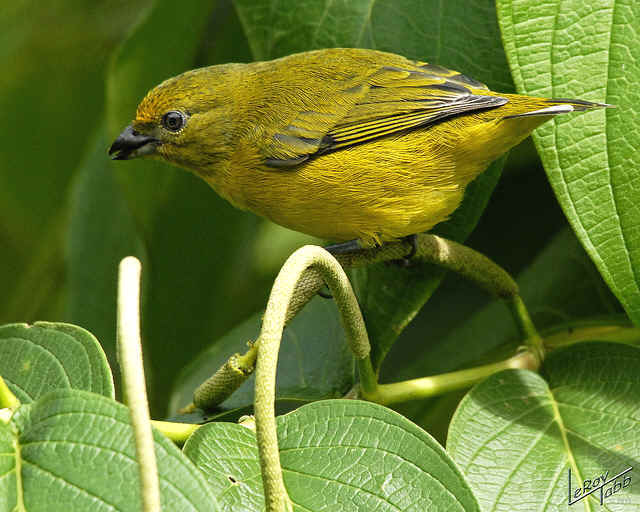
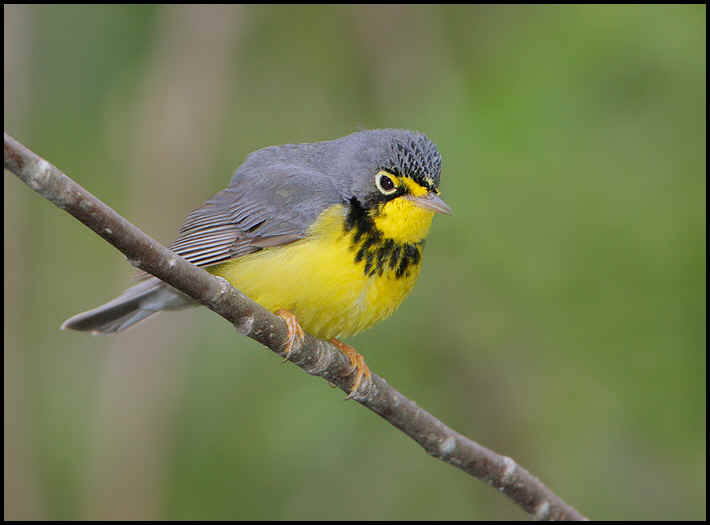
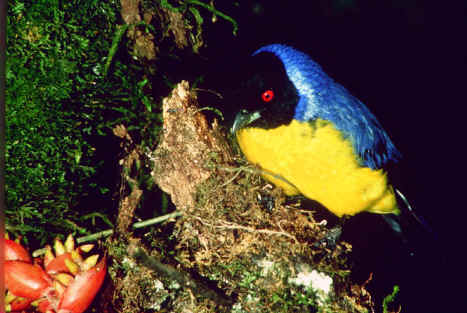
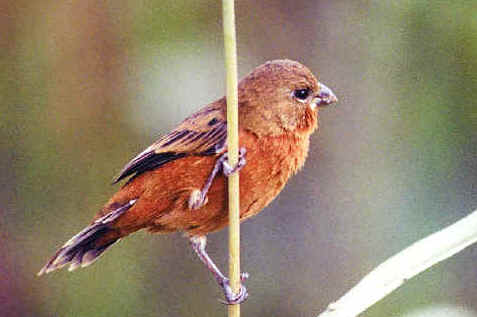
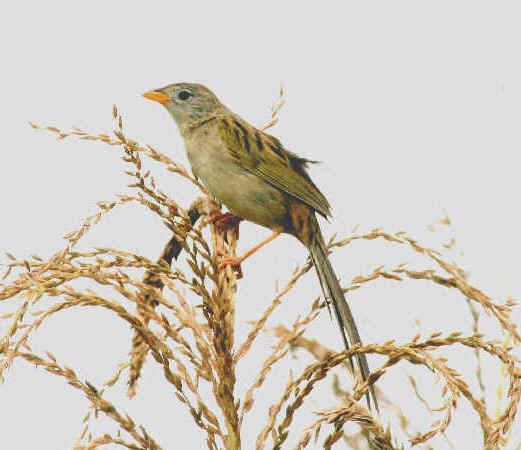
![]()